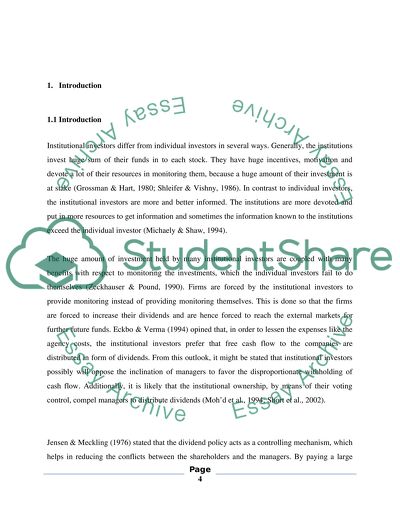Cite this document
(“The impact of institutional Ownership on dividend policy: The Case of Essay”, n.d.)
Retrieved from https://studentshare.org/finance-accounting/1591917-the-impact-of-institutional-ownership-on-dividend-policy-the-case-of-kuwait
Retrieved from https://studentshare.org/finance-accounting/1591917-the-impact-of-institutional-ownership-on-dividend-policy-the-case-of-kuwait
(The Impact of Institutional Ownership on Dividend Policy: The Case of Essay)
https://studentshare.org/finance-accounting/1591917-the-impact-of-institutional-ownership-on-dividend-policy-the-case-of-kuwait.
https://studentshare.org/finance-accounting/1591917-the-impact-of-institutional-ownership-on-dividend-policy-the-case-of-kuwait.
“The Impact of Institutional Ownership on Dividend Policy: The Case of Essay”, n.d. https://studentshare.org/finance-accounting/1591917-the-impact-of-institutional-ownership-on-dividend-policy-the-case-of-kuwait.


